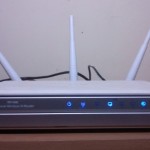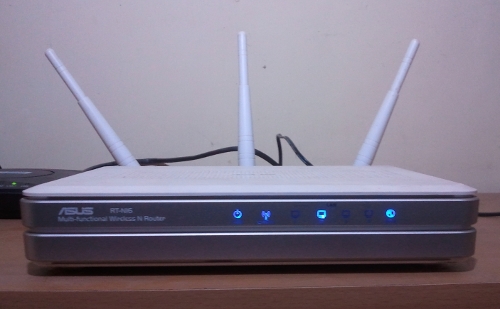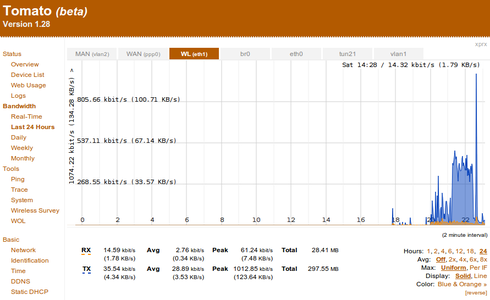I was badly in need of a charger as my Samsung Galaxy S’ original wall charger had conked out. I was in a dilemma whether to buy another wall charger or go for a one/two port USB charger as it could also help in charging my other phone (Motorola Razr V3i). A few weeks back I got hold of a Nokia DC 16 portable USB charger.
This portable Nokia USB charger comes with a battery capacity of 2200mAh and weighs just about 70 odd grams! The charger is sleek enough to fit into your pockets and does not even cause a noticeable bulge.
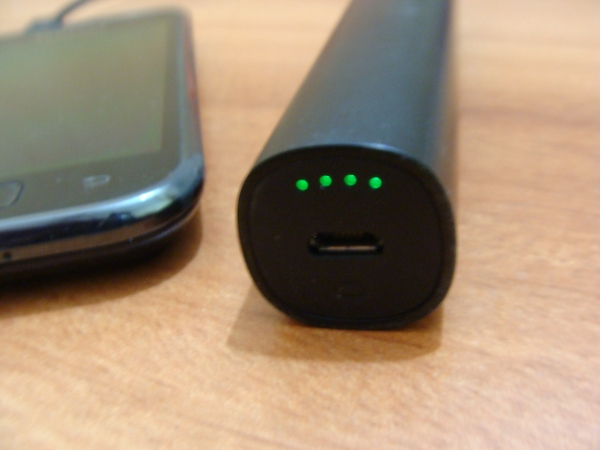
Nokia DC-16 has a micro USB port at one end for charging itself. At the other end is the standard USB port to which you can connect your phone/gadget using micro/mini USB cable. With an output of 950 mA you can charge your devices fast and it also comes with a LED battery indicator. This charger takes about 5 hours for the charging itself and as per Nokia spec sheet the standby duration is a whopping 3 months with 75% capacity left. I have not had the chance to test it as I have got it recently.
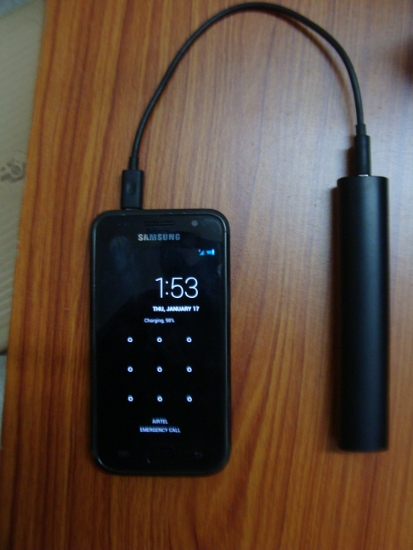
Available in colors like Black, White, and red, costs about 35$ USD at amazon / Rs 1400 INR at flipkart and other online stores. The standard package comes with the charger, Micro USB cable and instruction leaflet. My ownership of this device so far has been positive as it is easier to carry due to its form factor, light weight and provides about 1.5 charges to the battery sucker phone I have. A point worth a note is that you cannot charge the charger and the USB device connected to it at the same time. First the charger gets fully charged and then the connected device gets the charge.
Related Topics:

